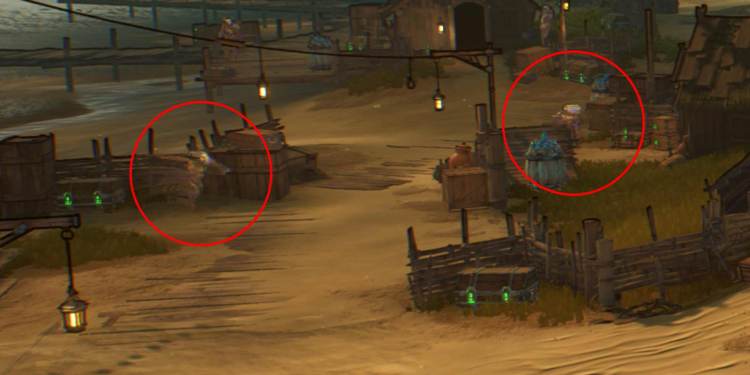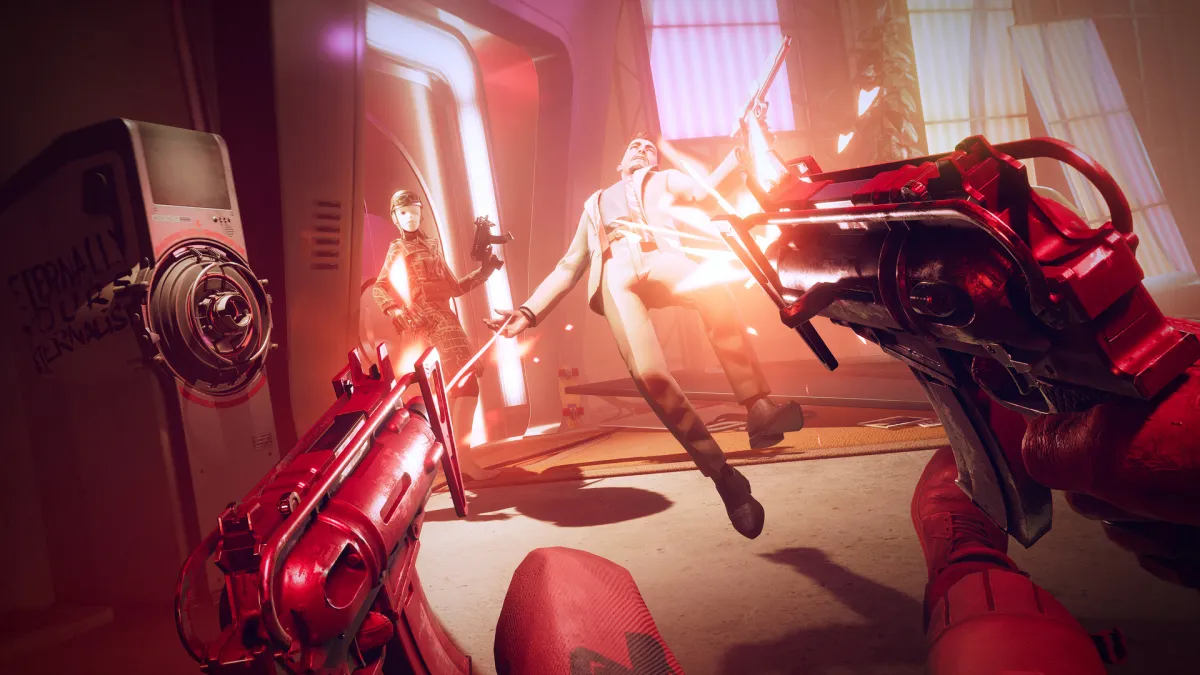Proprietary closed-source technology can oftentimes be more trouble than it’s worth due to the lack of flexibility imposed upon third-party software developers that want to use it. This is what makes AMD’s commitment to open-source projects such as FidelityFX Super Resolution 2.0 (FSR 2.0) so important. This raises the question of whether Nvidia’s DLSS will remain relevant.
A recent press release by Team Red opened up the FSR 2.0 temporal image upscaler to the public. The move allowed game developers to better understand and implement FSR 2.0 in both new and existing projects. FSR 1.0 is already available as an open-source resource.
AMD noted that some games may receive future updates where FSR 1.0 or FSR 2.0 is offered. Each algorithm works in its own way, which means some game developers may select one over the other for technical reasons.
Widespread support turns heads
As it stands, AMD FSR 2.0 is compatible with the DirectX 12 and Vulkan APIs. It will soon be available as a free plug-in for Epic Unreal Engine 4 and 5 as well. This covers a lot of ground in the mainstream game development ecosystem, and should help with adoption rates in more games.
PlayStation and Xbox consoles are also compatible with FSR 1.0 and 2.0, unlike DLSS. Where Nvidia DLSS requires specialized Tensor cores found on RTX cards to work, AMD FSR works on all modern GPUs. This gives game developers more reason to choose FSR over DLSS.
AMD’s solution not only benefits the majority of PC gamers, but can also save development resources. FSR can be applied across multiple gaming platforms and reduces implementation time and QA testing to a single image scaling technology.
Clear, scalable rendering is key
The goal behind AMD’s work on FidelityFX Super Resolution is to offer an image resolution upscaler that doesn’t compromise on image quality, improves in-game performance for gamers, and is easy to implement. From an outside view, AMD seems to have accomplished its goals. Several dozen games featured FSR 1.0 in the months following release in 2021, and the scheduled adoption rates appear positive for FSR 2.0 at this time.
We’ve tested FSR 1.0 in nearly a dozen titles, which include Elder Scrolls Online, Cyberpunk 2077, Assassin’s Creed Valhalla, Star Wars: Jedi Fallen Order, and Far Cry 6. Overall, we found it worth using to improve the gaming experience at higher resolutions and quality settings. The quality varies per scene, but FSR 1.0 typically matches native rendering at 4K resolutions on the Ultra Quality and Quality settings. This allows for better in-game framerates, or the option to increase other graphics quality settings.
The caveat is that FSR 1.0 begins to degrade image quality at lower settings and rendering resolutions. For instance, scenes can look blurry and flat. This is much less the case with Nvidia DLSS, which gives it the potential to be a better universal solution than FSR 1.0.
A few more technical points that make us like FSR 1.0 are that it doesn’t appear to add any drawbacks in most game implementations. There’s no noticeable latency penalty, motion blur, or image ghosting as we’ve often seen with DLSS. There are just a few instances in certain games where FSR worsens the appearance of certain 3D models. Overall, it’s a boon for PC gamers.
While we have yet to extensively test FSR 2.0, the general consensus is that it’s a clear upgrade over the original algorithm, making it a genuine rival to Nvidia’s DLSS. YouTube channel Hardware Unboxed made a detailed breakdown video of the differences as seen in Deathloop. The implementation in that specific title appears to be correct and does not negatively impact gameplay image quality. However, it’s already proven that an incorrect FSR 2.0 implementation can introduce motion blur, ghosting, and visual artifacts, as we noted when testing Tiny Tina’s Wonderlands.

In Tiny Tina’s Wonderlands, FSR 2.0 causes serious ghosting when these skeleton enemies move, which is ironic.
Battle of the graphics titans
This brings us to the matter of technological superiority and practicality of one solution over the other. Each of these technologies achieve similar results, but the two work in very different ways.
Nvidia DLSS sounds impressive on paper. It offers the best overall potential to improve gaming performance since it uses information from previously rendered scenes plus machine learning to add details into a new frame that are otherwise incomplete due to the lower resolution.
DLSS looks amazing when done right, and it can massively boost framerates at higher output resolutions. A few good examples include Doom Eternal, Control, Deathloop, Call of Duty: Warzone, The Ascent, and Metro Exodus.
However, there appears to be a higher likelihood of introducing widespread blur, ghosting, and odd visual artifacts with DLSS. Some game examples where DLSS does these things are Cyberpunk 2077, Elder Scrolls Online, Final Fantasy XV, and Fortnite. The issues haven’t been patched, either. The takeaway is that many game developers seem to struggle with implementing DLSS correctly, and it’s only beneficial to PC gamers with Nvidia RTX cards.
By contrast, FSR applies image upscaling in a more traditional way, but with all the lessons learned over the years. It lacks the technological flair that comes with DLSS, but doesn’t need hardware requirements and appears to be more practical for developers to properly implement.
Will there even be a decisive winner?
We can surmise that AMD’s FSR technology seems to be the more practical choice for the time being, but Nvidia’s DLSS is far from beat. Just like with the switch from DLSS 1.0 to 2.0, the results were significantly better. We may see Nvidia reveal another major revision for DLSS when it launches RTX 40 Series graphics cards. If the successful implementation rate for DLSS improves soon, there will be a strong case for developers to continue supporting it.
There’s also the wildcard XeSS technology that Intel developed to pair with its Arc graphics cards. From what we understand, this will work similar to DLSS, but will not require specialized hardware. Intel XeSS will also be open source. Where this will land in the game development support ecosystem is impossible to say until it launches and put under review.
Lastly, Epic’s Unreal Engine developers created Temporal Super Resolution to integrate directly into Unreal Engine 5. That too is still on the horizon, but has some hype behind it.
Regardless of all this, we’ll have several options to make high resolution gaming viable at high framerates with modern hardware. Now that DLSS isn’t the only proven option for image upscaling, gamers are bound to benefit with whichever solution they prefer to use.







Published: Jun 30, 2022 11:45 am